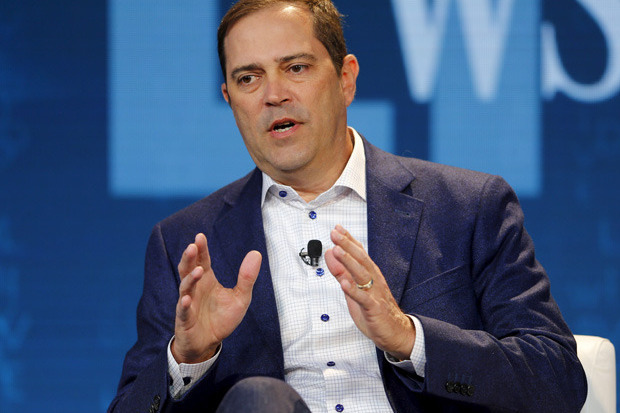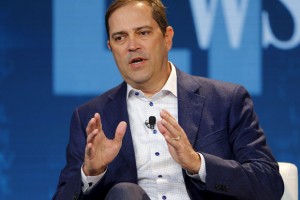3 mins read
Disaggregation, security, software licensing all part of challenges Cisco faces

April 20, 2024
Copyright 2023, IT Voice Media Pvt. Ltd.
All Rights Reserved

 As it sets its sights on becoming the No. 1 IT company in the industry, Cisco will continue to face challenges and opportunities in virtually every IT market. Here’s an arbitrary list of 10 areas that will impact Cisco in 2016 as the company evolves to address emerging trends that are shaping the industry in the coming year and beyond.
As it sets its sights on becoming the No. 1 IT company in the industry, Cisco will continue to face challenges and opportunities in virtually every IT market. Here’s an arbitrary list of 10 areas that will impact Cisco in 2016 as the company evolves to address emerging trends that are shaping the industry in the coming year and beyond.